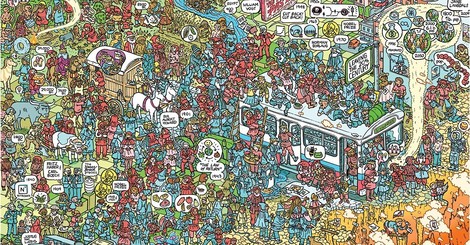Your podcast discovery platform
Curious minds select the most fascinating podcasts from around the world. Discover hand-piqd audio recommendations on your favorite topics.

piqer for: Globalization and politics Global finds
I am an Australian freelance journalist focussing on conflicts, politics, and warzones around the world. I have been working as a journalist for over 5 years, having reported from Australia, Germany, China, Egypt, Palestine, and Ukraine. I am especially interested in the way that new technologies are being used in conflict zones in unexpected and often disturbing ways. During my time working as a journalist, I also co-founded open-source war reporting site Conflict News.
Can Planet Earth Feed 10 Billion People?
In the 1960s, at the birth of the environmentalist movement, a new thesis emerged. Expanding population growth and increasingly intensive farming would impose hard limits on the carrying capacity of the planet. Once humanity reached (or exceeded) these limits, the human population would suffer immensely.
Now, in the 21st century, these fears have been sidelined by two things: firstly, climate change is arguably an even more pressing and catastrophic threat, and secondly, science has enabled humans to constantly increase crop yields, and thus has – so far – proved these ecological prophets of doom wrong.
But what of the future? With a population of 10 billion expected by around 2050, can the world really feed everyone?
Like other parents, I want my children to be comfortable in their adult lives. But in the hospital parking lot, this suddenly seemed unlikely. Ten billion mouths, I thought. Three billion more middle-class appetites. How can they possibly be satisfied? But that is only part of the question. The full question is: How can we provide for everyone without making the planet uninhabitable?
Writing for The Atlantic, Charles C. Mann looks at the current debate on this question. He shows that the two sides of this fundamentally political argument, degrowth environmentalists (who he labels 'prophets') and pro-growth scientists (who he calls 'wizards'), draw from two individual figures dating back more than 50 years. Through the article he examines in depth both the fears and challenges of each camp and how they are individually trying to solve the same problem, albeit with diametrically opposed strategies.
As someone who considers himself both pro-science as well as an environmentalist, I found this a particularly interesting read. One is forced to examine the possibility that both sides have valid points, and that their lack of cooperation and collaboration could ultimately doom the species to the fate that we are so fervently trying to avoid.
